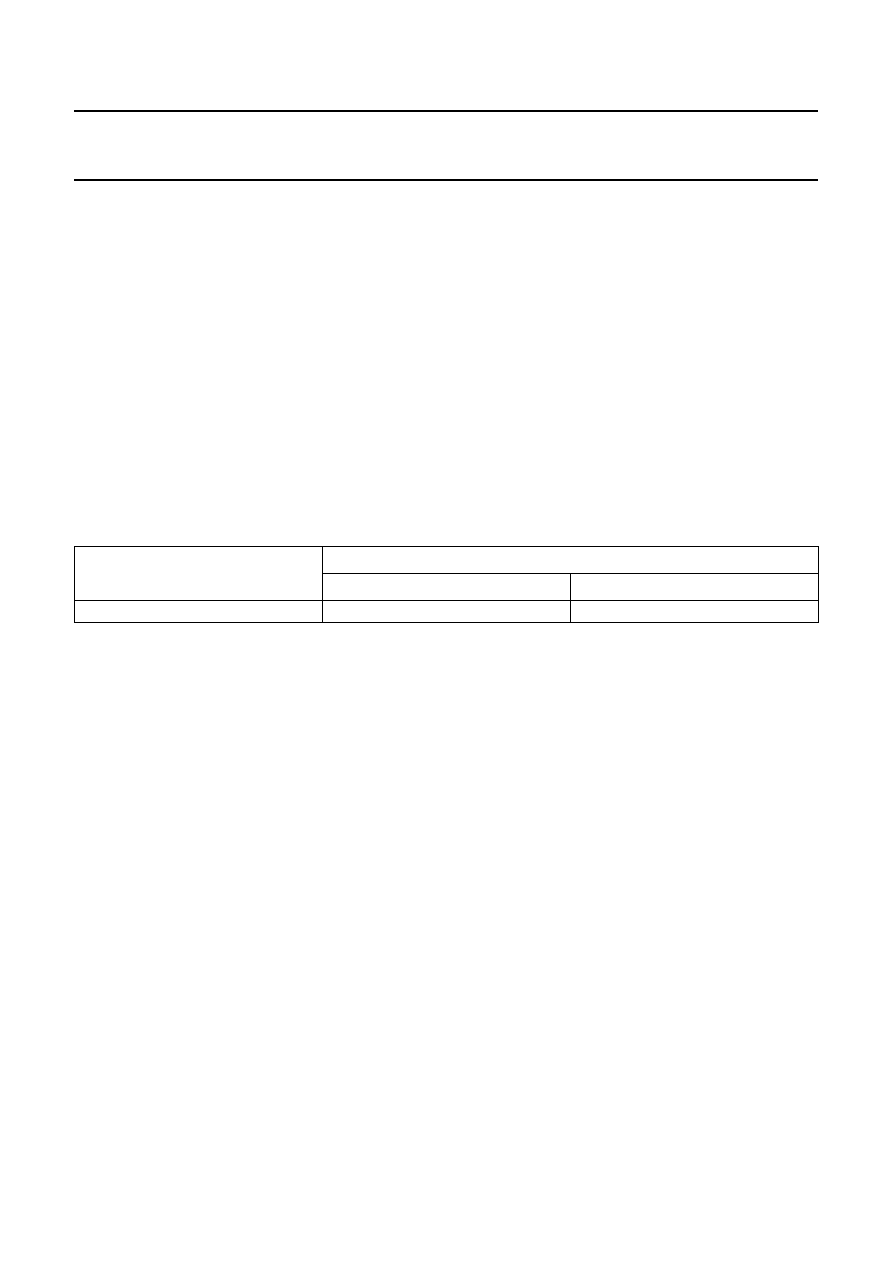- 您現(xiàn)在的位置:買賣IC網(wǎng) > PDF目錄36337 > 935261155112 (NXP SEMICONDUCTORS) HORIZ/VERT DEFLECTION IC, PDIP32 PDF資料下載
參數(shù)資料
| 型號: | 935261155112 |
| 廠商: | NXP SEMICONDUCTORS |
| 元件分類: | 偏轉(zhuǎn) |
| 英文描述: | HORIZ/VERT DEFLECTION IC, PDIP32 |
| 封裝: | 0.400 INCH, PLASTIC, SOT-232, DIP-32 |
| 文件頁數(shù): | 51/63頁 |
| 文件大小: | 293K |
| 代理商: | 935261155112 |
第1頁第2頁第3頁第4頁第5頁第6頁第7頁第8頁第9頁第10頁第11頁第12頁第13頁第14頁第15頁第16頁第17頁第18頁第19頁第20頁第21頁第22頁第23頁第24頁第25頁第26頁第27頁第28頁第29頁第30頁第31頁第32頁第33頁第34頁第35頁第36頁第37頁第38頁第39頁第40頁第41頁第42頁第43頁第44頁第45頁第46頁第47頁第48頁第49頁第50頁當(dāng)前第51頁第52頁第53頁第54頁第55頁第56頁第57頁第58頁第59頁第60頁第61頁第62頁第63頁

1999 Jul 13
55
Philips Semiconductors
Product specication
I2C-bus autosync deection controllers for
PC/TV monitors
TDA4853; TDA4854
SOLDERING
Introduction to soldering through-hole mount
packages
This text gives a brief insight to wave, dip and manual
soldering. A more in-depth account of soldering ICs can be
found in our
“Data Handbook IC26; Integrated Circuit
Packages” (document order number 9398 652 90011).
Wave soldering is the preferred method for mounting of
through-hole mount IC packages on a printed-circuit
board.
Soldering by dipping or by solder wave
The maximum permissible temperature of the solder is
260
°C; solder at this temperature must not be in contact
with the joints for more than 5 seconds.
The total contact time of successive solder waves must not
exceed 5 seconds.
The device may be mounted up to the seating plane, but
the temperature of the plastic body must not exceed the
specified maximum storage temperature (Tstg(max)). If the
printed-circuit board has been pre-heated, forced cooling
may be necessary immediately after soldering to keep the
temperature within the permissible limit.
Manual soldering
Apply the soldering iron (24 V or less) to the lead(s) of the
package, either below the seating plane or not more than
2 mm above it. If the temperature of the soldering iron bit
is less than 300
°C it may remain in contact for up to
10 seconds. If the bit temperature is between
300 and 400
°C, contact may be up to 5 seconds.
Suitability of through-hole mount IC packages for dipping and wave soldering methods
Note
1. For SDIP packages, the longitudinal axis must be parallel to the transport direction of the printed-circuit board.
PACKAGE
SOLDERING METHOD
DIPPING
WAVE
DBS, DIP, HDIP, SDIP, SIL
suitable
suitable(1)
相關(guān)PDF資料 |
PDF描述 |
|---|---|
| 935261222557 | SPECIALTY CONSUMER CIRCUIT, PQFP64 |
| 935261242118 | SERIAL INPUT LOADING, 20-BIT DAC, PDSO16 |
| 935261242112 | SERIAL INPUT LOADING, 20-BIT DAC, PDSO16 |
| 935261315112 | 2 CHANNEL(S), VOLUME CONTROL CIRCUIT, PDSO20 |
| 935261315118 | 2 CHANNEL(S), VOLUME CONTROL CIRCUIT, PDSO20 |
相關(guān)代理商/技術(shù)參數(shù) |
參數(shù)描述 |
|---|---|
| 935262025112 | 制造商:NXP Semiconductors 功能描述:SUB ONLY IC |
| 935262217118 | 制造商:NXP Semiconductors 功能描述:Real Time Clock Serial 8-Pin SO T/R |
| 935264217557 | 制造商:NXP Semiconductors 功能描述:SUB ONLY IC |
| 935267356112 | 制造商:NXP Semiconductors 功能描述:IC TEA1507PN |
| 935268081112 | 制造商:NXP Semiconductors 功能描述:SUB ONLY IC |
發(fā)布緊急采購,3分鐘左右您將得到回復(fù)。